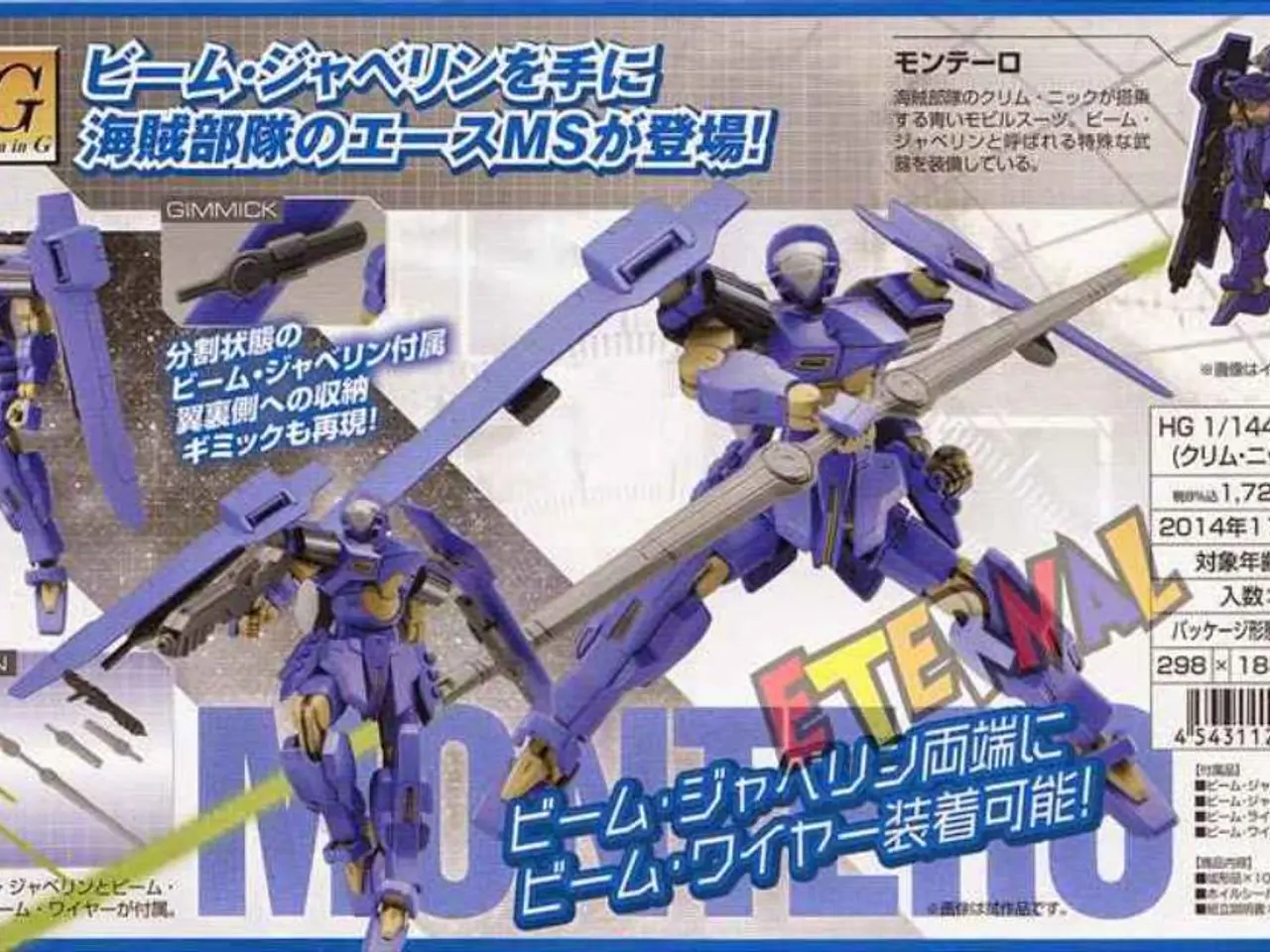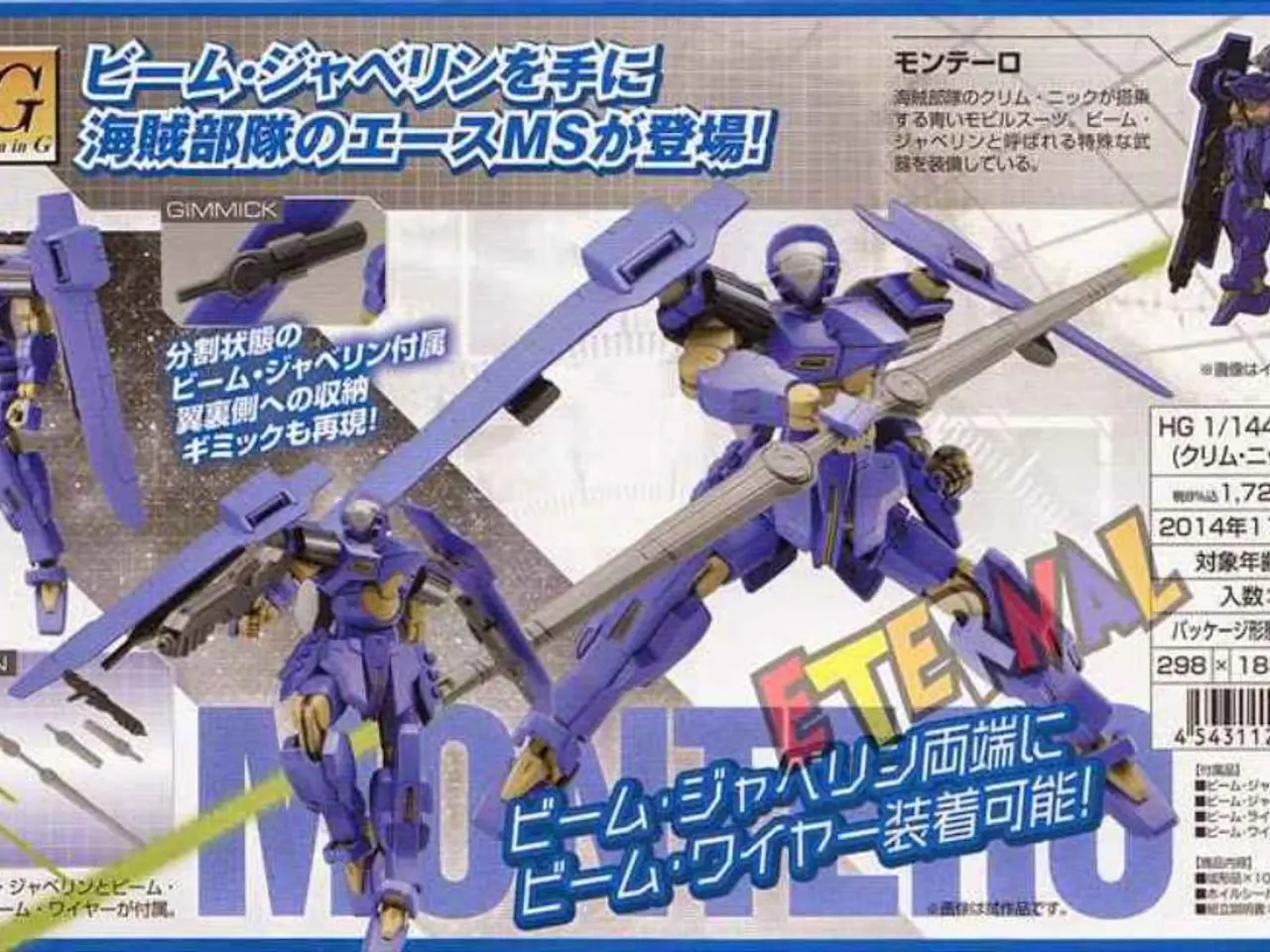Benefits of Metal-encased Printed Circuit Boards
In the realm of electronics, Metal Core Printed Circuit Boards (MCPCBs) have emerged as a popular choice for high-power devices. These boards offer a unique blend of thermal management and electrical performance, making them ideal for power conversion and control, automotive electronics, LED lighting, and infotainment systems.
At their core, MCPCBs consist of a solder mask, circuit layer, copper layer, dielectric layer, and a metal core layer. The metal core, which can be made of either copper or aluminium, acts as a heat spreader, preventing overheating and ensuring reliability in compact, high-power devices.
Aluminium MCPCBs, for instance, offer good heat dissipation and heat transferring ability. On the other hand, copper core boards perform better thermally but are relatively expensive, heavier, and involve a tough machining process.
One of the key advantages of MCPCBs is their long-lasting nature and superior conductivity compared to epoxy products. The thermally conductive prepreg in MCPCBs disperses heat generated by components to the base metal at the earliest, with a dielectric thermal conductivity of 1 to 3 W/mK.
MCPCBs find widespread use in various industries. In LED lighting technologies, they serve to spread and dissipate heat generated by high-power LEDs, thus enhancing efficiency and lifespan. In the automotive sector, MCPCBs ensure reliable performance under harsh environmental conditions and high thermal stress typical in automotive applications. High-power infotainment systems also benefit from MCPCBs due to their thermal performance and ability to handle high current loads.
MCPCBs are also implemented in high-vibration applications to reduce component vibration. In a typical single-sided LED MCPCB, the copper foil thickness is around 1oz, and the dielectric layer has a thickness range of 100μm.
To maintain symmetry and prevent short-circuiting, the stack-up in MCPCBs should be symmetrical on either side of the metal core in a multilayer board. Plated through-hole components should be minimized, and SMT components should be implemented instead. If PTHs are implemented, the metal core should be drilled approximately 40 mils to 50 mils larger than the plated through-hole and filled with non-conductive epoxy filler.
It's worth noting that MCPCBs are most widely found in LED lighting technologies, automotive applications, motor drives, solid-state relays, power supply devices, solar panels, Photovoltaic Cells, and motion control.
In conclusion, MCPCBs are chosen for applications demanding effective thermal management combined with electrical performance. Their metal cores, coupled with their long-lasting nature and superior conductivity, make them indispensable in high-power electronic devices, where they play a crucial role in dissipating thermal energy and ensuring the reliability of compact, high-power devices.
An impedance calculator can be utilized to optimize the electrical performance of Metal Core Printed Circuit Boards (MCPCBs) in high-power devices, taking into account the thermally conductive prepreg's dielectric thermal conductivity of 1 to 3 W/mK. The technology employed in MCPCBs, offering a blend of thermal management and electrical performance, finds extensive use in various industries, such as LED lighting technologies, automotive applications, high-power infotainment systems, and more.




